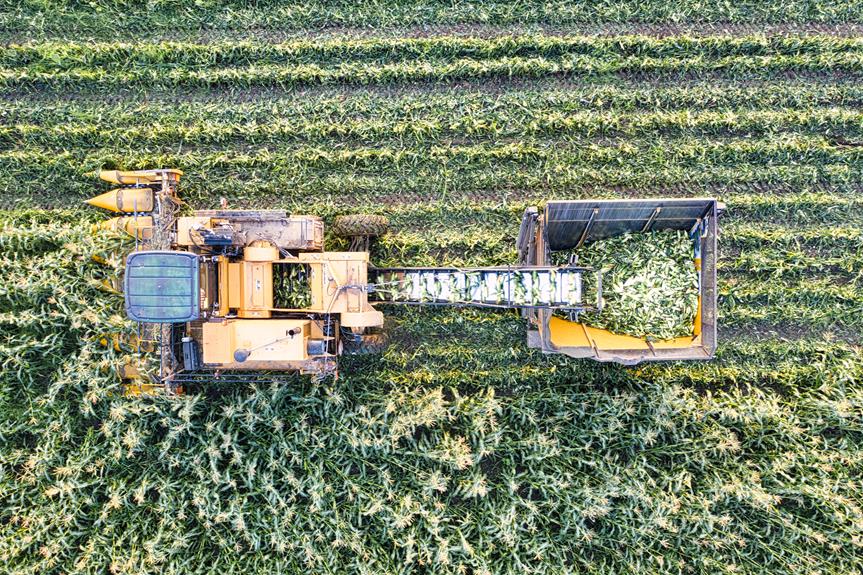Can You Afford a Rainwater Harvesting System?
Can you afford a rainwater harvesting system? Find out how installing a system can benefit you and your wallet. This informative article will delve into the cost of rainwater harvesting systems, the factors that affect installation costs, and the average expenses for system components.
You’ll also discover additional costs to consider and the potential return on investment and long-term savings. Don’t miss out on the opportunity to belong to a community of environmentally-conscious individuals.
Cost of Rainwater Harvesting Systems
Can you afford a rainwater harvesting system? The cost may vary depending on factors such as the size of the system and your specific needs.
When considering the cost of a rainwater harvesting system, it’s important to explore cost-effective options that meet your requirements. One way to minimize expenses is by choosing a system that’s suitable for your property’s size and water consumption.
Additionally, maintenance requirements should be taken into account, as they can impact the long-term cost of the system. Regular cleaning of gutters, filters, and storage tanks may be necessary to ensure optimal performance. It’s also important to factor in any potential repairs or upgrades that may be needed over time.
Factors Affecting Installation Costs
You need to consider several factors that can affect the installation costs of a rainwater harvesting system.
One of the key factors is the installation timeline. In general, the longer it takes to install the system, the higher the costs will be. This is because contractors may charge additional fees for longer projects or for working during peak seasons.
Another factor to consider is the maintenance requirements of the system. Some systems may require more frequent maintenance, such as regular cleaning or filter replacements, which can increase the overall costs.
Additionally, the complexity of the installation and the size of the system can also impact the costs.
It’s important to carefully assess these factors before installing a rainwater harvesting system to ensure you can afford it in the long run.
Average Expenses for System Components
One option for determining the affordability of a rainwater harvesting system is by examining the average expenses for its system components. Understanding the cost breakdown and installation process can help you assess whether it fits within your budget.
The system components typically include rainwater tanks, gutters, filters, pumps, and pipes. The cost of rainwater tanks can vary depending on the material and size, with plastic tanks being more affordable compared to concrete or steel tanks.
Gutters and filters are essential for collecting and purifying rainwater, and their prices depend on the material and quality. Pumps and pipes are crucial for distributing the harvested water, and their costs can vary based on the flow rate and distance. Additionally, you may need to consider installation costs, which can vary depending on the complexity of your system and the labor required.
Additional Costs to Consider
Consider the various additional costs when evaluating the affordability of a rainwater harvesting system.
While the initial expenses for purchasing and installing the system are important, it’s equally crucial to factor in hidden expenses and ongoing maintenance costs.
These often overlooked costs can significantly impact the overall affordability of the system. Hidden expenses may include permits, inspections, and additional plumbing or electrical work required to connect the system to your property.
Maintenance costs, on the other hand, can include regular cleaning and maintenance of gutters, filters, and storage tanks, as well as potential repairs or replacements of components over time.
It’s essential to budget for these additional costs to ensure that you can afford and sustain a rainwater harvesting system in the long run.
Return on Investment and Long-Term Savings
When evaluating the affordability of a rainwater harvesting system, it’s important to consider the potential return on investment and long-term savings.
While the initial cost of installing a rainwater harvesting system may seem high, it can yield significant financial benefits over time. One of the main advantages is the reduction in water bills. By using rainwater for various household purposes, such as watering plants or flushing toilets, you can significantly decrease your dependence on municipal water supply. This can lead to substantial savings in the long run.
Additionally, rainwater harvesting systems have a positive environmental impact. By collecting and using rainwater, you reduce the demand for groundwater or surface water, which helps to conserve these valuable resources.
Conclusion
So, can you afford a rainwater harvesting system? Absolutely! With the potential for long-term savings and the numerous benefits it offers, investing in a rainwater harvesting system is a practical and wise decision.
While there may be some upfront costs, the return on investment is well worth it. Plus, the satisfaction of knowing you’re contributing to a more sustainable future is priceless. So why wait? Start reaping the benefits of rainwater harvesting today and watch your savings pour in!





